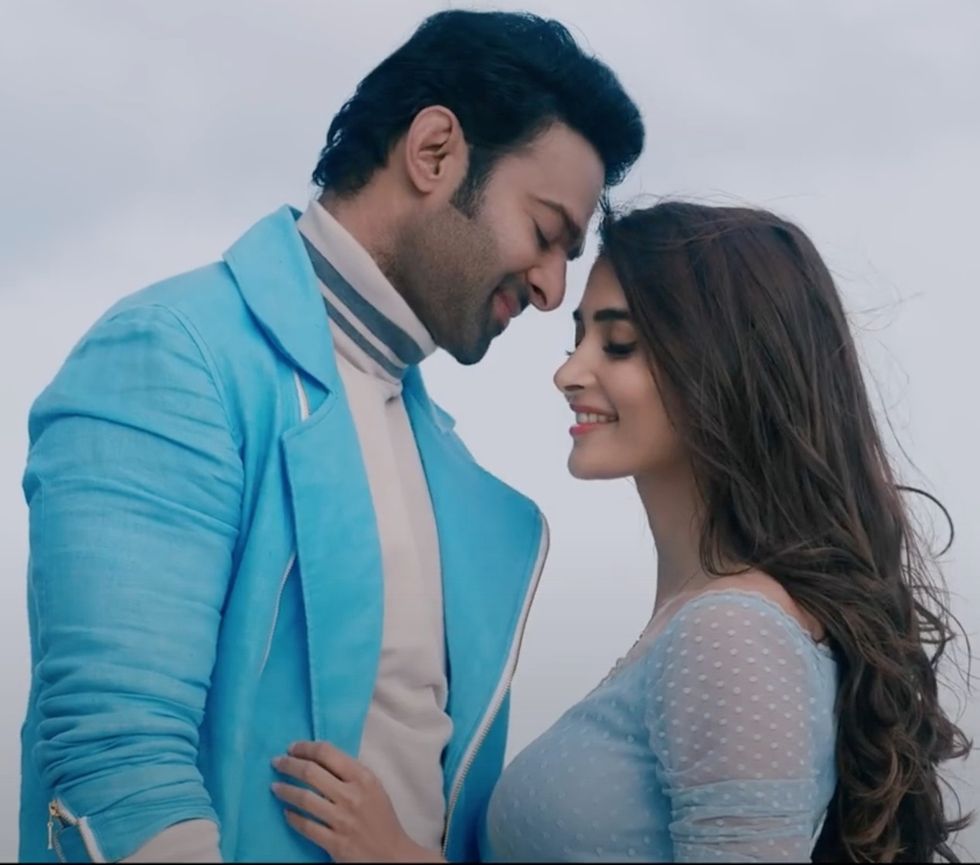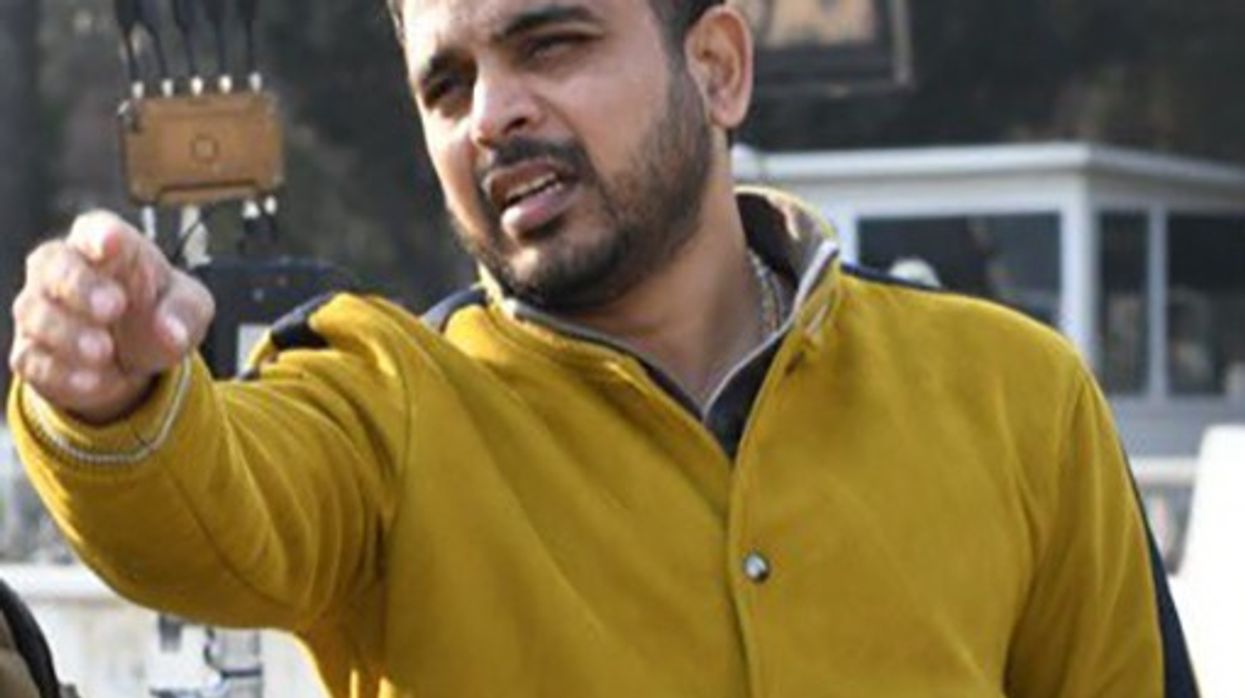Popular actor Prabhas being the biggest Pan-Indian movie star means all eyes will be on this month’s big budget blockbuster Radhe Shyam.
The hotly anticipated period romance headlined by Prabhas, and massively popular actress Pooja Hegde will be released globally in multiple languages on March 11. The larger-than-life drama’s trailer has generated huge excitement among film fans and early indicators are it will be a potential game-changer for Indian cinema.
Eastern Eye caught up with Radhe Shyam writer/director Radha Krishna Kumar to discuss the mega-movie and his own close connection to cinema.
What first connected you to cinema?
My first connection to cinema was through my parents, I was around 10-11 years old. We were watching a movie scene where my mother was weeping, and my father was smiling. It was a strange experience as both were reacting in different ways to the same scene. I believe that was the moment I understood that each person has their own interpretations of stories and made me think that storytelling was a cool job! And here I am.
What inspired the Radhe Shyam story?
It was my mentor and guru Chandra Sekhar Yeleti’s idea, which we both have worked on for almost 15 years but couldn’t come up with a proper conclusion to the philosophy of the story. With heavy hearts we shelved this idea forever. But somewhere this idea didn’t leave me. It was chasing me in dream and day. I asked Yeleti sir that I want to make this movie with a completely different approach, using just the soul of the idea and he was happy giving it to me. I re-wrote the entire philosophic story into a love story, and it became Radhe Shyam.

Tell us about the film?
Radhe Shyam can be described as three-layered story. A party between love and life. A fight between fate and destiny. A bridge between myth and ancient science! Prabhas and Pooja Hegde’s characters will take the audience on an emotional rollercoaster ride.
What was the experience of making such a huge film during a pandemic?
We were shooting abroad while the first lockdown started around the world. We got struck in international borders as all the international flights got cancelled. Overnight our producers had to change the travel plan. We travelled to a different country to take Indian flights to reach home. It was a scary situation but all thanks to my producers who thought safety as first priority.
What happened next?
And then eight months later after the lockdowns and restrictions were lifted, we travelled back to Europe to finish the rest of the shoot. But unfortunately, 20 per cent of my crew got Covid including me and my cinematographer! Away from home and being quarantined was a scary experience. After the quarantine we finished the shoot and came back safely.
How does this compare to your previous film?
Radhe Shyam is a film where I consider myself being born as a storyteller. There is no comparison to my previous works as a writer or director with Radhe Shyam.
What were Pooja Hegde and Prabhas like to work with?
Prabhas and Pooja Hedge gave their one hundred per cent efforts and bought life to Vikram Aditya and Prerana. In -2ºC they shot for a rain sequence - we were in the tent shivering in the cold unable to even spit a word out, but they both acted in the rain as if it so normal. I believe they were destined to play these iconic lovers.
Do the sky-high expectations around this film scare you?
I am more of excited about these expectations surrounding Radhe Shyam than being scared. We believe it will meet every expectation of audience.
What is your favourite moment in the movie?
My favourite moment is the last scene of the film. I don’t want to reveal anything more about this iconic moment which will leave a lasting impression on the audience.
Who are you hoping connects with this film?
Radhe Shyam is for everyone who fell in love and who will fall in love. This movie doesn’t bracket a particular age or region. It’s an intense romantic adventure for all to experience.
Is there a memorable behind-the-scenes story you can share?
I want to share an interesting experience which happened four years ago when I was researching for Radhe Shyam.
I met many palmists, tarot readers, astrologers and many such people who are into this study of destiny or occult sciences as some call it. One man whom I don’t want to name read my palm and told me about a particular date and what will happen on it. I didn’t believe him and told him that it’s impossible. He simply looked at me and smiled. That day he told me the release date of Radhe Shyam would be in the first quarter of 2022. It still surprises me how he knew about this four-year long delay, or the pandemic or anything which pushed the film’s release to 2022. As they say some things are beyond our understanding.
What can we expect next from you?
I am a big fan of war movies! I might do an action drama in war backdrop. I will reveal the details soon.
Who is your own filmmaking hero?
I am a big fan of Yash Chopra sir and K. Balachander sir. They have a lot of influence on me personally. Present day Sanjay Leela Bhansali and Gautham Menon are my favourites.
Why should we watch Radhe Shyam?
Radhe Shyam takes you home with a dream and wakes you up with a determination to achieve that dream. It’s an inspirational journey from your minds logic to your hearts feeling.







 Ammar Haj Ahmad, Sayyid Aki ©EllieKurttz
Ammar Haj Ahmad, Sayyid Aki ©EllieKurttz  Kathryn Hunter, Arinzé Kene©EllieKurttz
Kathryn Hunter, Arinzé Kene©EllieKurttz





